The Australian Bureau of Statistics released the latest - Australian National Accounts: National Income, Expenditure…
Kyoto Report 2025 – 5
This Tuesday report will provide some insights into life for a westerner (me) who is working for an extended period at Kyoto University in Japan but who over the years of working here has increasingly began to understand the language and local cultural traditions.
Running peace
Here is a scene from one of my running routes back from the foothills towards the river near the – Shimogamo Shrine – just north of the river delta.
This section is through the – Tadasu Mo Mori Forest – which is a World Heritage Site and “which retains the same vegetation as the primeval forest from around the 3rd century BC”.
The Heritage site informs us that:
There are approximately 600 trees that are between 200 and 600 years old, and the forest is considered extremely valuable in academic fields such as forest ecology and environmental studies.
It features in one of the Chapters of the classic Japanese work – The Tale of Genji – which was written in the early C11th, and possibly the first novel to ever be written (and certainly by a woman).
With all that history, the place is also a really peaceful site to run through on the way out to the mountains or back again.
Bank of Japan in Kyoto
I decided to take matters into my own hands the other day and set out to storm the Bank of Japan as I learned there was a branch in Kyoto near the Museum.
My plan was to take control of the perimeter, educate the people inside, and order them to cut the target policy interest rate to zero and relax.
Seems like a front door entry was going to be the way in!
So when I burst through the entrance what did I see?
Inside, I discovered an – Ikebana – exhibition and no Bank of Japan officials were to be seen.
Cowards, I thought, they knew I was coming and set up a flower display distraction strategy.
I refused to be lured by the beautiful flower arrangements, this one being my favourite of the many on display that I spent some time studying and admiring.
Anyway, I finally worked out that the building was completed in 1906 whereupon the Bank of Japan Kyoto Branch assumed occupancy.
The Building was designed by the famous Japanese architect – Kingo Tatsuno – and his apprentice Nagano Uheiji.
He also designed the current Bank of Japan building in Tokyo in 1890 (which was completed in 1896).
He also designed the Bank’s branch offices in Osaka, Kyoto, Nagoya, Kanazawa, Hakodate, Morioka and Hiroshima.
Here is a view of the teller windows, which left me wondering what business did the central bank conduct with the public through these windows, which still can be raised or lowered with counterweights holding them up – the action was so smooth.
The building is now used as the Museum of Kyoto Annex.
This YouTube channel – 京都文化博物館 – provides several interesting videos about the old Bank building.
Here is an interesting video from the Museum that explains the heating system design of this amazing building.
Anyway, the Bank of Japan vacated this building a long time ago and so I left without achieving my goal.
I will be in Tokyo next week for work and while I will be next door to the head office I will be too busy doing other things to mount a new mission.
Don’t hide the prostitutes!
With my mission to the Bank of Japan thwarted I spent an hour on Sunday at a permament display at the Museum of Kyoto, which has some great offerings.
This one caught my eye.
On November 26, 1655, the city of Kyoto published these 9 Rules of the Town, which were to be observed by the residents.
The period was marked by the introduction of the – Sakoku – policy, which marked the isolationist era invoked by the – Tokugawa shogunate – as a means of purging colonial and religious influences, particularly from Spain and Portugal (the Roman Catholic incursion).
The rules which were designed to be “provisions for maintaining a community and living safely” included:
1. Observing established laws.
2. Holding a town meeting on the second day of each month to discuss management issues.
3. Ensuring proper inheritance.
4. Preparing wills.
5. Not forging documents.
6. Not gambling.
7. Not hiding prostitutes in the town of Kyoto without permission.
8. Not committing crimes that would cause trouble for relatives and family.
9. Being extremely careful with fire as it would harm everyone in the town.
Also at the museum, I saw this neat ‘mobile pen’, which was an early prototype of the fountain pen that we still use (at least I still use one).
All up, a great place to spend some time learning about the history of Kyoto – cost ¥500.
The University Hospital system
This photo is of the – Kansai Medical University Hospital – which is located in Hirakata, Osaka.
My local parkrun (30 minutes by train, after a 15 minute bike ride to the station, and then a 2.5 km walk to the river park) is near to this huge complex.
The hospital and research facility was opened in 2006 and is a sprawling affair.
This building is one part of the complex and can be seen for kms away.
The interesting aspect of Japanese life is how hierarchical these medical university hospitals are and the near-deified status of the doctors from Directors down to the surgeons.
The nurses are second-class citizens, although they do a lot of the grunt work.
The system in Japan has also been the centre of some major corruption scandals, particularly of the kickback variety and gaining access to care ahead of the queue.
This current case – Suspicious Payment Is Key to Tokyo Women’s Medical University Case; Investigators Believe Former Chancellor Iwamoto Diverted 37 Million Yen to Herself – is representative of the problems that occur when these hierarchies malfunction.
There is also a gender bias against women gaining senior roles – for example – Japan medical schools ‘rigged women’s results’ (December 14, 2018).
One of the prestigious medical universities, Tokyo Medical University, was also exposed in 2018 for manipulating the entrance results of a son of “a high-ranking official at the Ministry of Education” in exchange for grants (Source).
The justification is that the directors claimed women turn out to be inferior doctors.
However, as this UK Guardian article (February 22, 2022) – Women outperform men in Japanese medical school entrance exams, years after testing scandal – relates, since the scandal was exposed:
Japanese women have outperformed men in medical school entrance exams for the first time since universities admitted they had deliberately failed female applicants to inflate the number of male doctors.
Only about 22 per cent of medical doctors in Japan are female.
The society is changing but at an glacial pace.
View from the bedroom of my house
I shifted houses last week and this is the view from the upstairs bedroom, which is 8 tatami mats size (2 futons fit fine).
In the morning the sun comes in and the illumination of the Shoji screens are really beautiful.
I love Japanese black pine trees too.
That is enough for today!
(c) Copyright 2025 William Mitchell. All Rights Reserved.
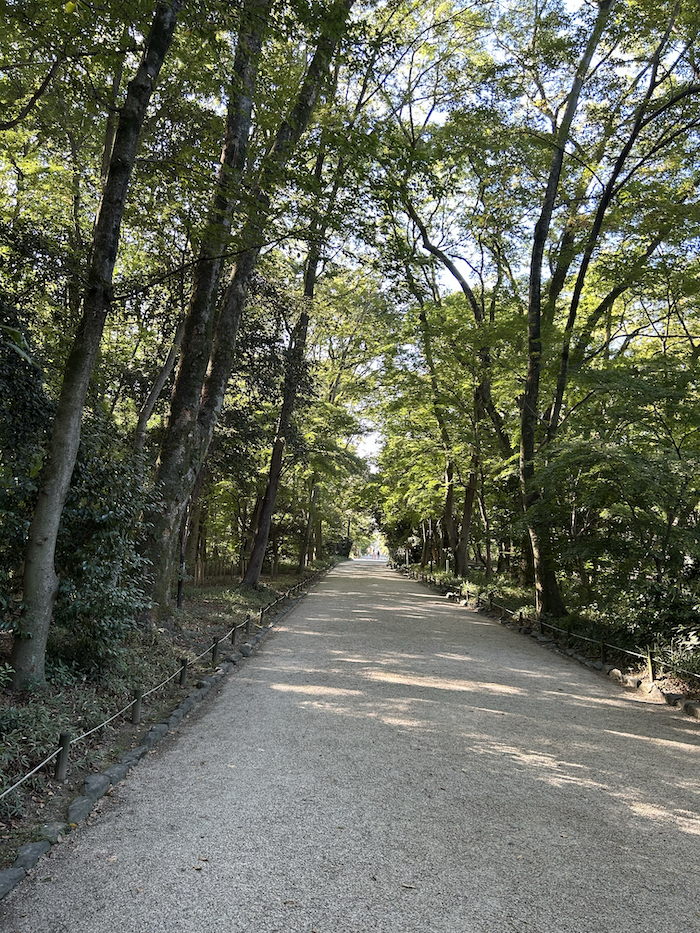
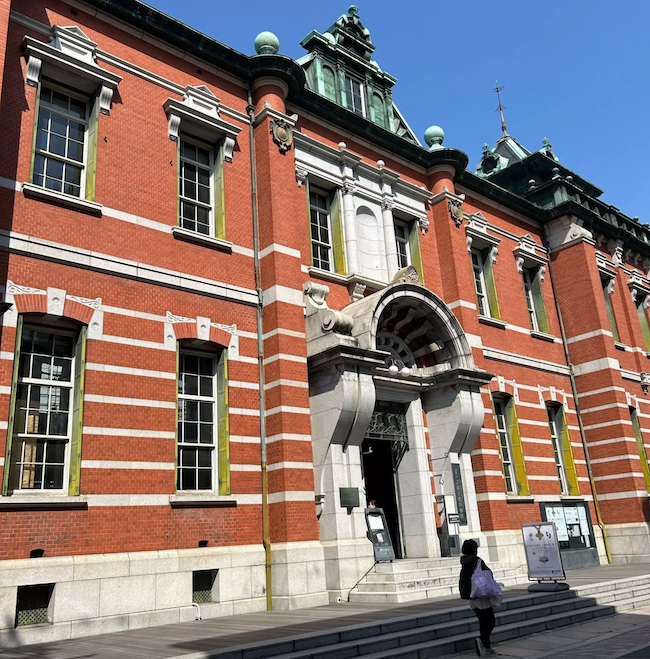
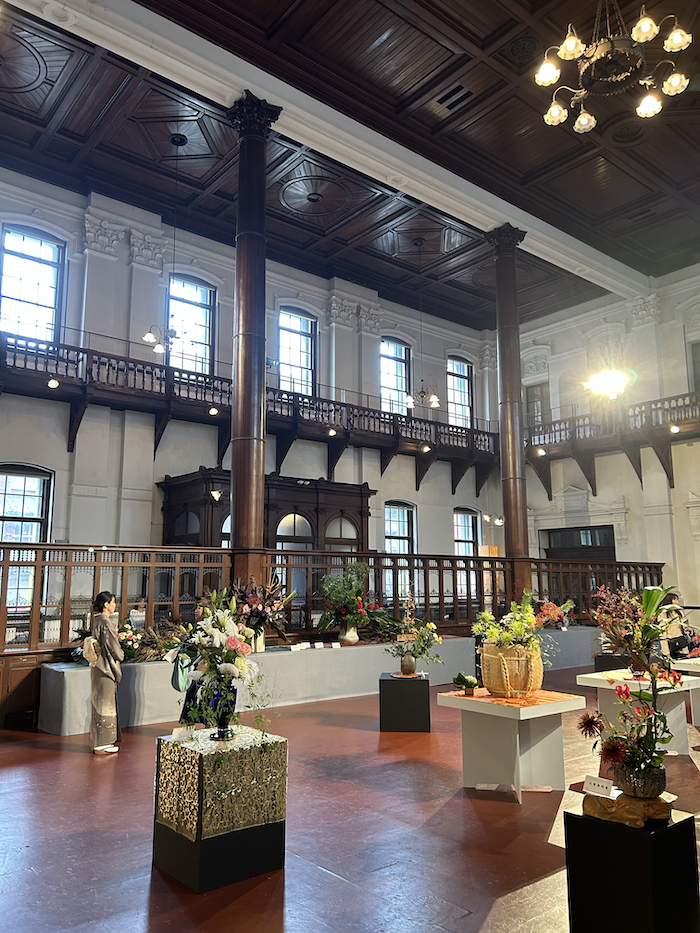
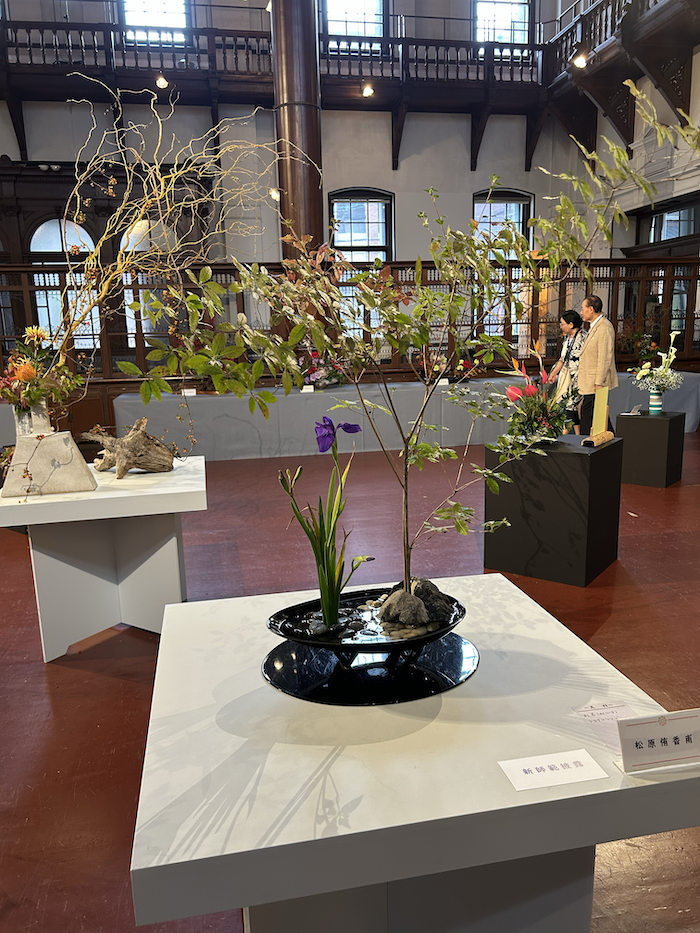
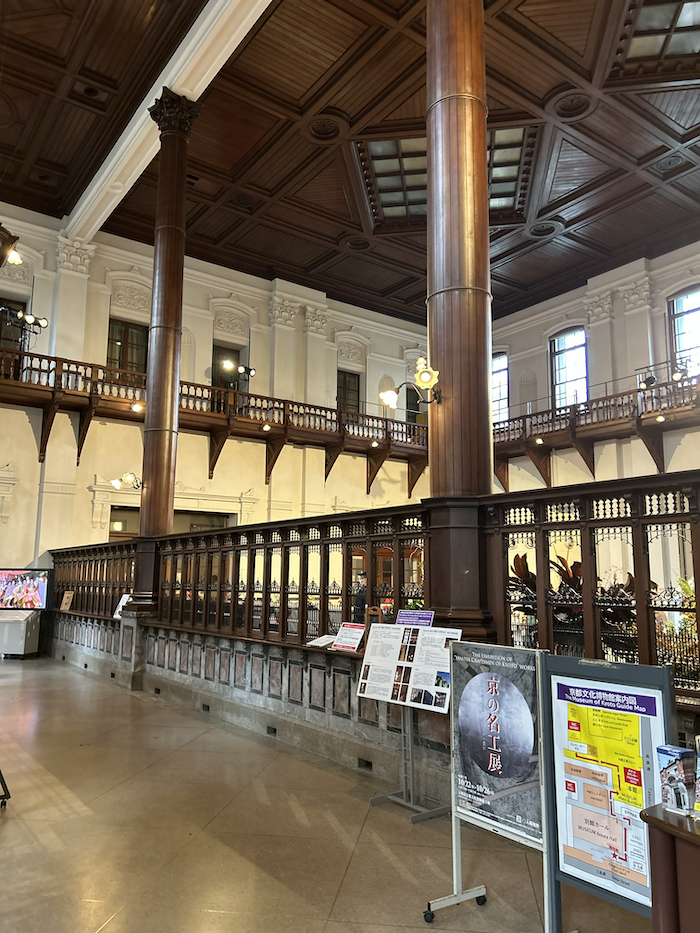
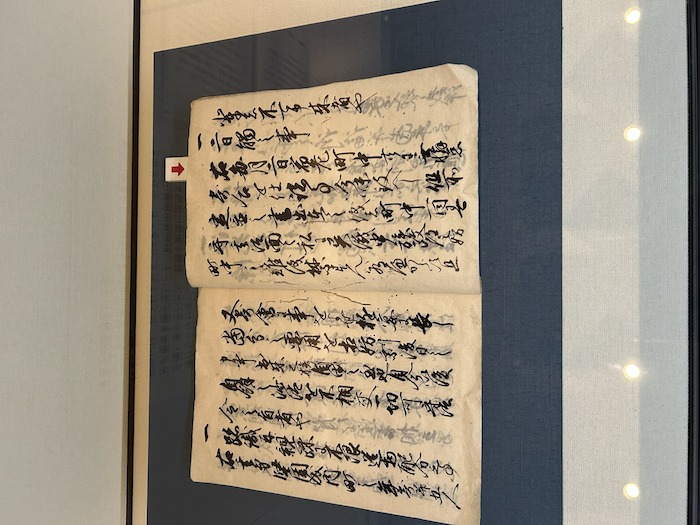
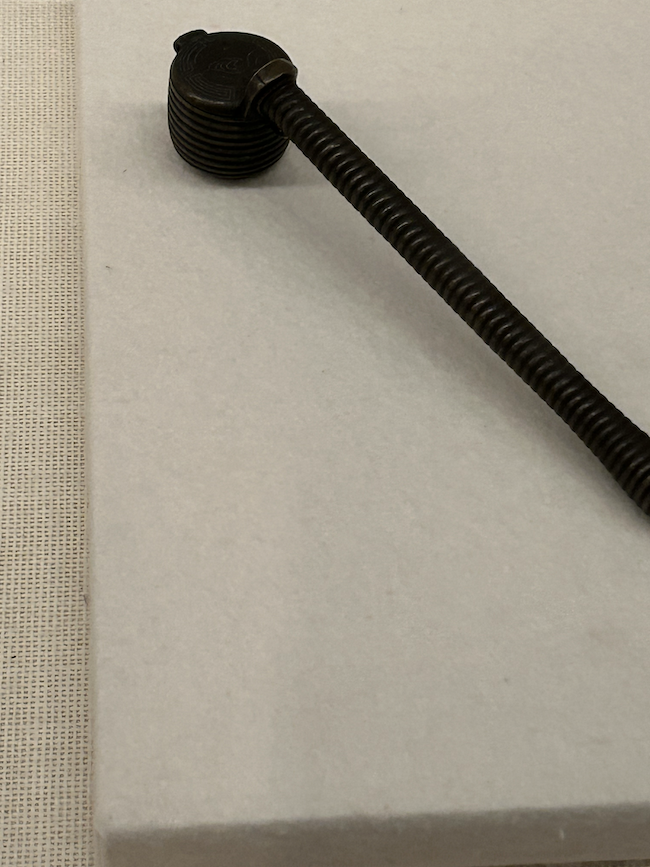
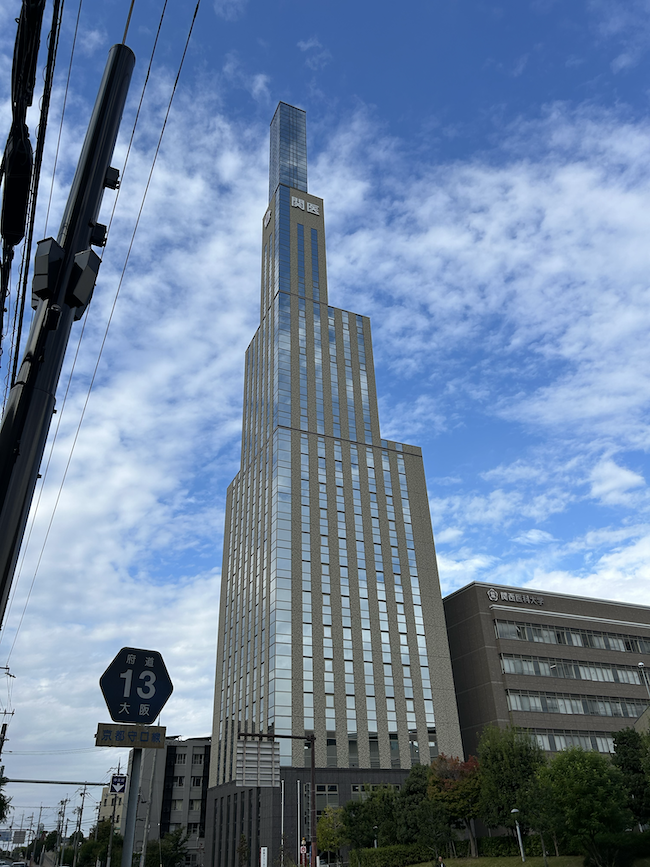
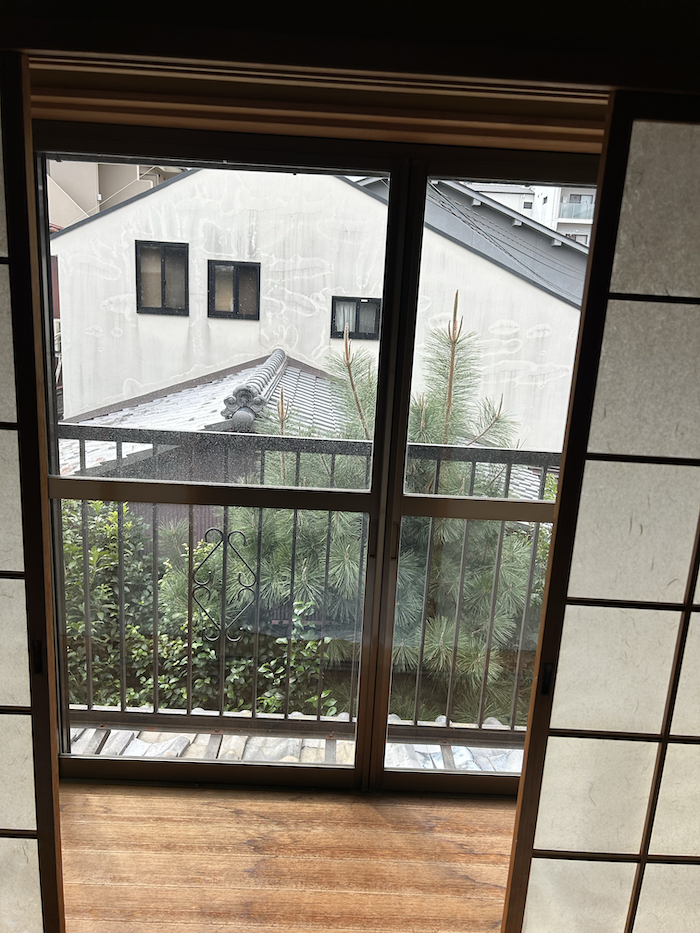
Japan really is beautiful
very interesting
Japan has some beautiful places to visit, sit and just soak in the atmosphere.